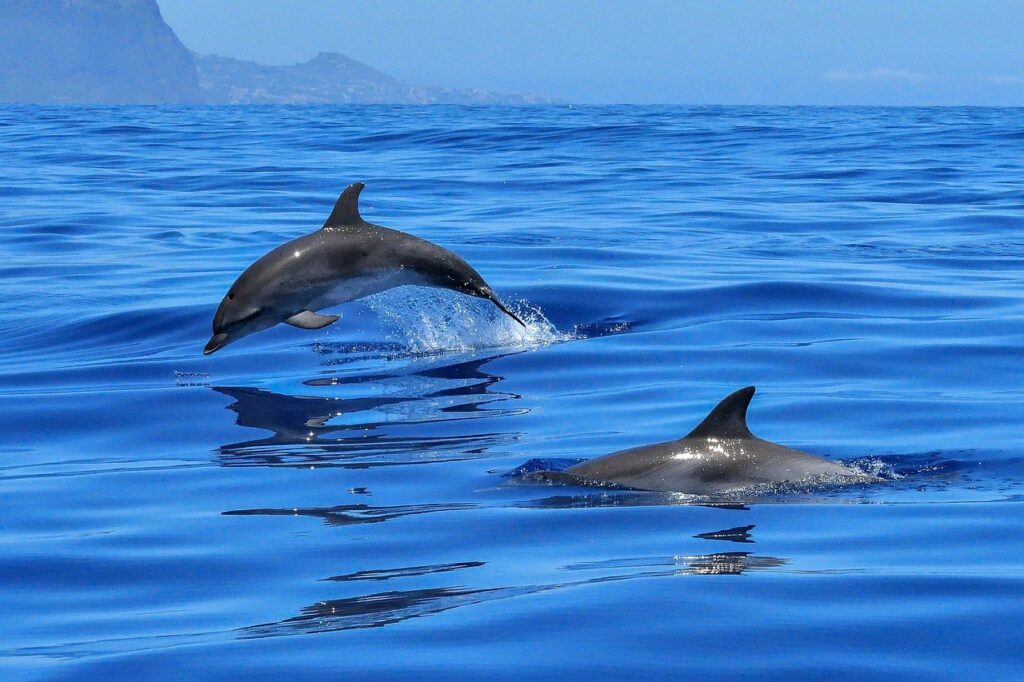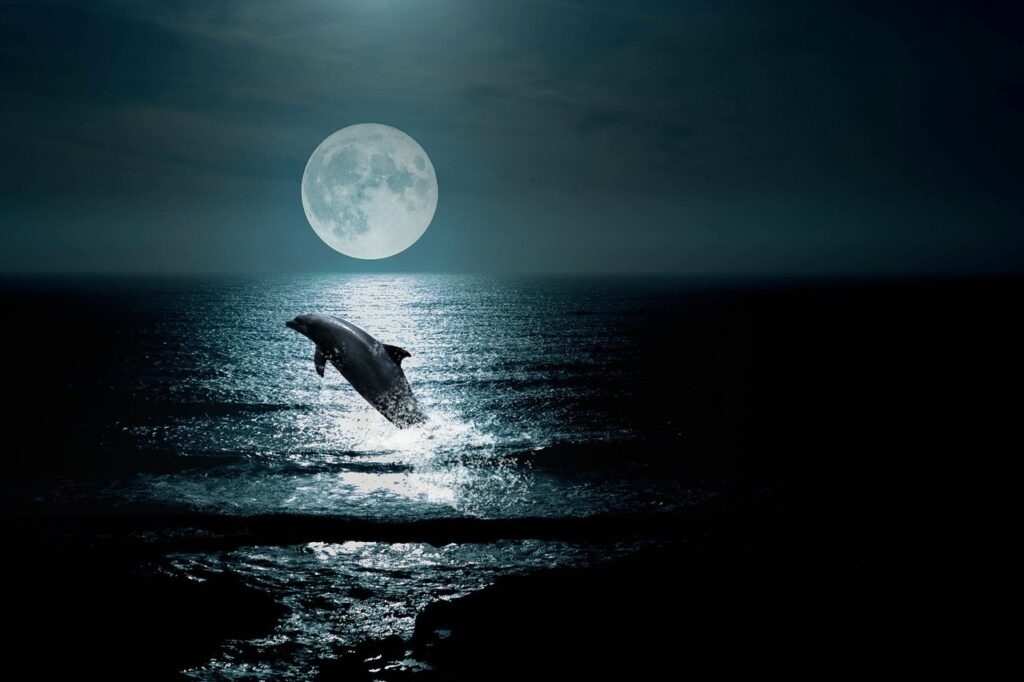Today, the greatest threat to wildlife animals, plants, and other species is humans themselves. Pakistan, a country that is blessed with natural beauty, wildlife, mountains, and glaciers. Due to the lack of attention of our policymakers toward climate change our wildlife species are in great danger and near to extinction. Pakistan is among the most affected countries in the world due to climate change that affects everyone. The wildlife in Pakistan is full of exotic and endemic species. Various factors affect wildlife like; habitat destruction, poaching, urbanization, illegal hunting, uneducated people, lack of awareness, and deforestation. The biggest factor that affects wildlife and any other species is the destruction of their habitat. When we destroy the habitat of any animals, how can the survival of species be? If we want to protect and save the planet, firstly we must protect species’ habitat.
Endangered species:
The species that are at risk of extinction in the near future are called endangered species. This might be a plant or animal.
There are many endangered species in Pakistan but the top five are;
Markhor:
Markhor (Capra falconeri) belongs to the class Mammalia kingdom Animalia. Markhor is the national animal of Pakistan and the largest goat family on this planet. Markhor is quite a shy animal and stays away from human settlements but is easy to find in large herds, mostly led by one sigma male. The word “Markhor” derived from the Persian language means “snake eater”. The markhor is mostly found in northern areas of Pakistan, especially Chitral (Chitral Gol National Park), Hunza, and Kohistan. Markhor is an incredible wild goat with beautiful horns measuring almost 5 feet and weighing more than 105 kilos. They live on high altitudes and are herbivores. There are 5 different species of markhor.
According to various reports, the population of Markhor in Pakistan is reducing due to illegal hunting, deforestation, poaching, attacks by wild predators like leopards, climate change, and mainly habitat loss. The foreign hunters are paying up to $215,000 a shot and sold a license to kill a maximum of 3 markhor a year in Chitral. The 20 % of revenue is deposited in the exchequer while 80 % goes to the local communities.
Climate change mainly affects the declining population of Markhor, because lack of rainfall there are no oak trees and grasses which they primarily depend on.
If we don’t save them now, future generations will never see them. The first step to protect and conserve this beautiful species is to raise awareness among the people of Pakistan and their natives. Government officials must make a good strategy for the conservation of these assets. We all must be ready and protect our country.

Marco Polo Sheep:
Marco Polo sheep is a subspecies of argali species named after the 13th-century explorer “Marco Polo” because they were described in the travels of Marco Polo. It’s scientific name is Ovis ammon poli, belongs to the class Mammalia, kingdom Animalia. They mostly live in high mountains, arid climatic conditions, and other regions of Central Asia. They are herbivores, eating grasses and shrubs. It weighs up to 140 kg.
According to the IUCN (International Union for the Conservation of Nature), they are critically endangered species, their population is decreasing due to hunting, illness, deforestation, climate change, and attacks by predators like snow leopard, grey wolf, red fox, and brown bear. There are many hunting trophies of Marco Polo sheep, which cost up to $20,000. They are often hunted for their skin, meat, and beautiful horns. The government of Pakistan now takes their conservation seriously as they were declared endangered by IUCN. Climate change in Pakistan is changing day by day and facing many floods, water scarcity, and destruction of the habitat of wildlife species.

Indus River Dolphin:
The Indus River Dolphin is a freshwater aquatic animal that belongs to the family Platanistidae. The scientific name is Platanista minor. Their weight is up to 60 kilos. Their habitat is the Indus River, and purplish grey in color. It is listed as an endangered species according to IUCN. The dolphins are very intelligent and human-friendly. They give birth to their young and do not lay eggs. Each dolphin needs 15 kilograms of fish a day. Dolphins use sound with great effect to find their food.
According to WWF, almost two thousand specimens are remaining and their number is decreasing day by day due to water scarcity, polluted water from factories, habitat destruction, dam development, overfishing practices, and leakage of oil tankers in water. Some studies show that almost 600 animals are left behind. We must pay attention to this critically endangered species.
It is a fact that the dolphins love the pregnant woman because they can hear and feel the baby’s heartbeat.


Snow leopard:
The snow leopard is a large cat of the family Felidae. The scientific name of the snow leopard is Panthera uncia, and weighs about 20 to 50 kg. The snow leopard lives in the Karakoram mountains in Pakistan’s northern province of Khyber Pakhtunkhwa, upper Sawat Valley, Chitral, slopes of Nanga Parbat and Gilgit Baltistan. Snow leopards have adapted to thrive in extremely high elevations, altitudes up to 20,000 feet, where the air has a low level of oxygen. Snow leopards have the densest fur of all cats with nearly 25,000 hairs per square inch. They have giant paws, which they can walk on snow and use for hunting. Snow leopards have a tail that helps the balance of the body. Snow leopard’s front legs are shorter than the hind legs, which helps catch prey quickly. They are occasionally called the Ounce. They feed on ibex, Markhor, hare, birds, and buffaloes.
Poaching, habitat loss, decline in natural prey species, poor medications, illegal hunting, and killing, are the main reasons this big cat is under threat. According to IUCN, almost four thousand to six thousand animals are left worldwide. They are near to extinction. The total population of snow leopards in Pakistan is 100-200.

Himalayan Brown Bear:
The brown bear is a large bear native to Afghanistan, Pakistan, and North America. It is found in Baltistan, Hunza, and Gilgit, on the slopes of Nanga Parbat, Khunjrab National Park, and Deosai National Park. The total population of Himalayan Brown bears is almost 150-200 species are left. Brown bears eat fish, grasses, shrubs, bulbs, berries, and roots. Brown bears go into hibernation period in the winter season.
According to IUCN, brown bears’ population is decreasing with time due to habitat loss, climate change, deforestation, global warming, hunting, water scarcity, attacks by predators, and poaching. The wildlife department put a great effort into protecting the habitat of bears, reducing a gap between local natives, and understanding the importance of wildlife species.

If we want to protect wildlife, animals, plants, and other endangered species, we must educate the children. The first step is awareness about wildlife, climate change, animals, plants, and all things that we have on our planet is blessing for us. We must protect it because we all depend on nature, nature does not depend on us. These are the 5 top most endangered animals in Pakistan, we must protect these species and try to enlarge their numbers. These are the assets of our country and if they are extinct, our children only see them in museums.
- Class 9th Biology chapter 1: Introduction to biology
- Class 9th Biology chapter 2: Solving a biological problem
- Class 9th biology chapter 3: Bio-diversity
“in order to save the wildlife animals, plants and other creatures, we must firstly protect the habitat of an organisms”


